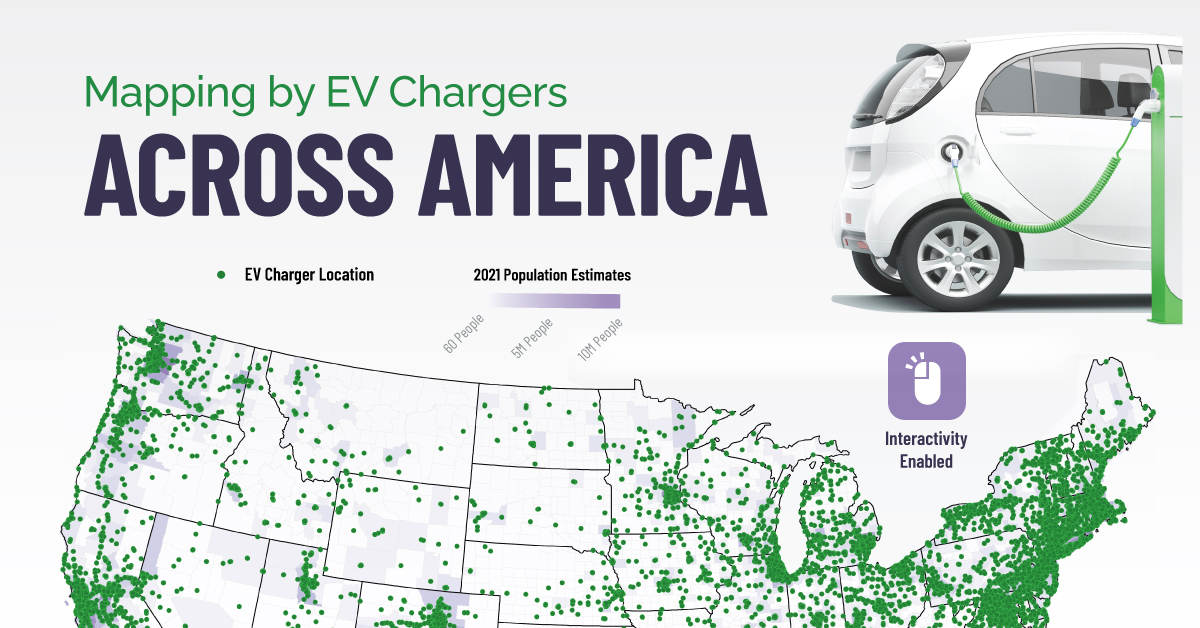Navigating the Electric Highway: A Comprehensive Guide to Charge Point Station Mapping
Related Articles: Navigating the Electric Highway: A Comprehensive Guide to Charge Point Station Mapping
Introduction
In this auspicious occasion, we are delighted to delve into the intriguing topic related to Navigating the Electric Highway: A Comprehensive Guide to Charge Point Station Mapping. Let’s weave interesting information and offer fresh perspectives to the readers.
Table of Content
Navigating the Electric Highway: A Comprehensive Guide to Charge Point Station Mapping

The burgeoning adoption of electric vehicles (EVs) has brought with it a crucial need for a robust charging infrastructure. Navigating this landscape requires access to reliable and comprehensive information on the location and availability of charge points. This is where charge point station mapping comes into play, serving as an essential tool for both EV drivers and those involved in the development of the charging network.
Understanding the Importance of Charge Point Station Mapping
Charge point station mapping encompasses the process of collecting, verifying, and presenting data on the location, type, and availability of electric vehicle charging stations. This data is then used to create interactive maps that provide users with a clear and concise overview of the charging landscape.
Benefits of Charge Point Station Mapping
The benefits of charge point station mapping extend beyond simply finding a charging station. They play a vital role in:
- EV Driver Convenience: Maps allow drivers to plan their journeys, ensuring they can locate charging stations along their route and avoid range anxiety.
- Network Optimization: Mapping data provides insights into the distribution of charging stations, identifying areas with high demand and potential gaps in coverage. This information is crucial for charging network operators in strategically deploying new stations and ensuring optimal network efficiency.
- Infrastructure Development: By analyzing the data gathered through mapping, policymakers and infrastructure developers gain valuable insights into the needs of EV drivers and can make informed decisions regarding investment in charging infrastructure.
- Market Insights: Mapping data provides valuable insights into market trends, such as the popularity of different charging types, preferred payment methods, and the demand for fast charging options. This data is crucial for businesses involved in the EV ecosystem to adapt and cater to evolving customer needs.
Key Features of Charge Point Station Mapping Platforms
Modern charge point station mapping platforms offer a range of features to enhance user experience and provide valuable insights:
- Interactive Maps: These maps display the location of charging stations, often with additional information such as station type (Level 1, Level 2, DC Fast Charging), connector types, availability status, and pricing.
- Real-Time Availability: Some platforms integrate with charging station networks to provide real-time updates on the availability of charging points, reducing the risk of arriving at a station only to find it occupied.
- Filtering and Sorting: Users can filter and sort results based on factors such as charging type, connector type, pricing, and distance, making it easier to find the most suitable charging station for their needs.
- Route Planning: Advanced platforms offer route planning features that incorporate charging stops into the journey, factoring in factors like battery range, charging time, and the availability of charging stations.
- Payment Integration: Some platforms allow users to pay for charging directly through the app, streamlining the charging process and eliminating the need for separate accounts with different charging providers.
- Data Analytics: Platforms can provide data analytics tools that allow users to visualize charging patterns, identify trends, and gain insights into the adoption of EVs and charging infrastructure.
Types of Charge Point Station Mapping Platforms
There are several types of charge point station mapping platforms available, each catering to different needs:
- General-Purpose Mapping Platforms: These platforms provide a comprehensive overview of charging stations across a wide geographical area. Examples include ChargeHub, PlugShare, and Electrify America.
- OEM-Specific Platforms: Some car manufacturers offer their own mapping platforms that are optimized for their specific vehicle models. These platforms often integrate seamlessly with the vehicle’s navigation system and provide additional features such as range estimation and charging history.
- Charging Network Platforms: Charging network operators often provide their own mapping platforms that focus exclusively on their network of charging stations. These platforms typically offer features such as real-time availability updates, payment integration, and loyalty programs.
FAQs Regarding Charge Point Station Mapping
Q: What information is typically included on charge point station maps?
A: Charge point station maps typically include information such as the location of the charging station, the type of charging (Level 1, Level 2, DC Fast Charging), connector types, availability status, pricing, and sometimes additional details like parking availability and amenities.
Q: How accurate is the information provided by charge point station mapping platforms?
A: The accuracy of the information provided by charge point station mapping platforms varies depending on the platform and its data sources. Some platforms rely on user-submitted data, which can be subject to inaccuracies, while others integrate with charging station networks to provide real-time updates. It is always advisable to double-check the information with the charging station operator before relying on the data provided by any mapping platform.
Q: Are charge point station maps available for all regions?
A: The availability of charge point station maps varies depending on the region. However, most major countries and regions with significant EV adoption have dedicated mapping platforms available.
Q: Are there any fees associated with using charge point station mapping platforms?
A: Some charge point station mapping platforms offer basic functionality for free, while others require a subscription for access to premium features. It is important to review the platform’s pricing structure before subscribing.
Tips for Using Charge Point Station Mapping Platforms Effectively
- Choose a platform that meets your specific needs: Consider the features offered by each platform and select one that aligns with your requirements for information, navigation, and payment integration.
- Verify the information: While most platforms strive for accuracy, it is always advisable to double-check the information provided with the charging station operator before relying on it.
- Plan your route in advance: Use the platform’s route planning features to identify charging stations along your route and factor in charging time into your journey.
- Consider the availability of charging points: Check the real-time availability status of charging points before heading to a station, especially during peak hours.
- Familiarize yourself with the payment options: Understand the payment methods accepted by the platform and the charging station network.
Conclusion
Charge point station mapping plays a crucial role in the development and adoption of electric vehicles. By providing drivers with access to reliable information about charging infrastructure, these platforms facilitate the transition to a more sustainable transportation system. As the EV market continues to grow, the importance of charge point station mapping will only increase, making it an indispensable tool for EV drivers, network operators, and policymakers alike.




.png)



Closure
Thus, we hope this article has provided valuable insights into Navigating the Electric Highway: A Comprehensive Guide to Charge Point Station Mapping. We thank you for taking the time to read this article. See you in our next article!